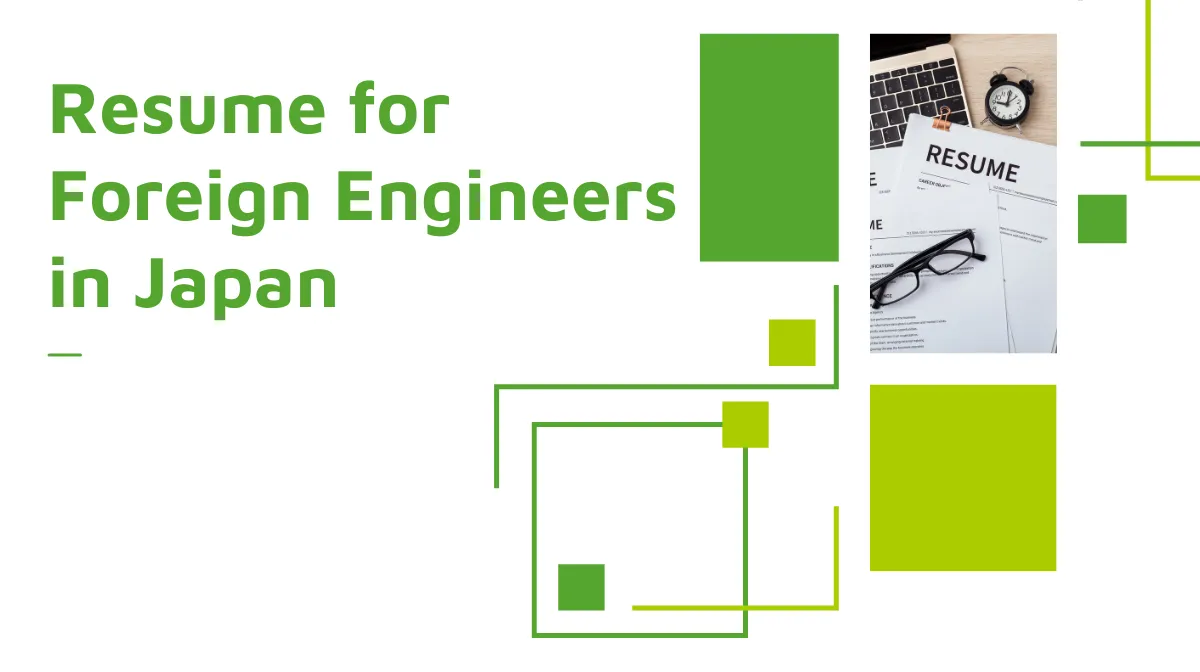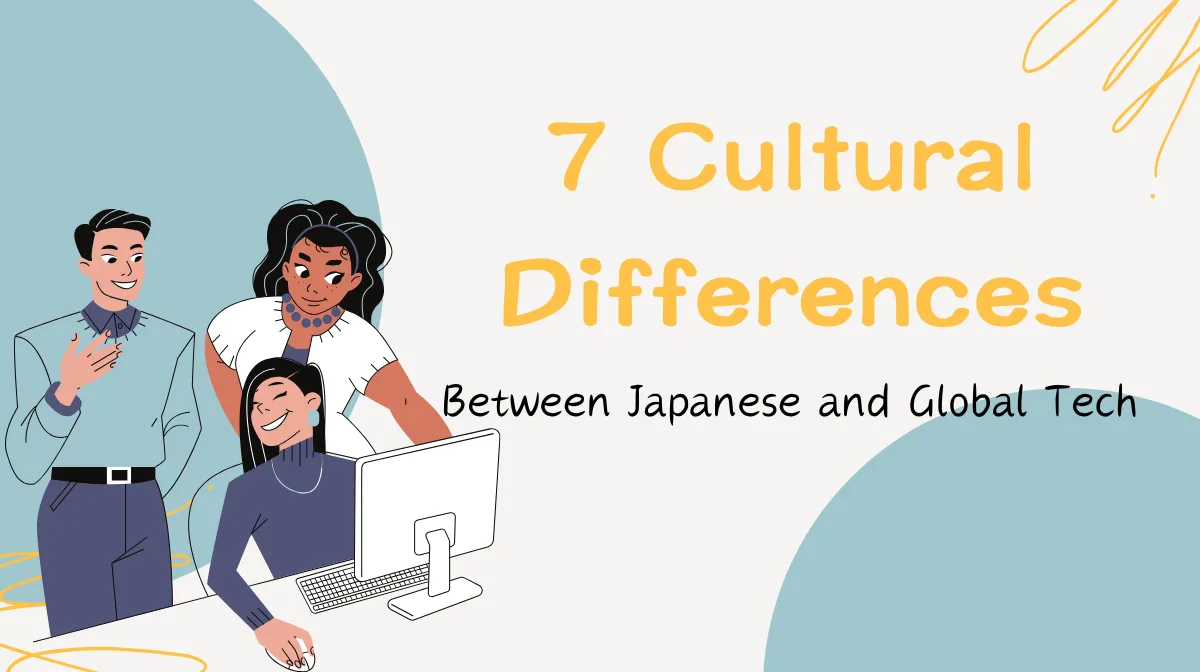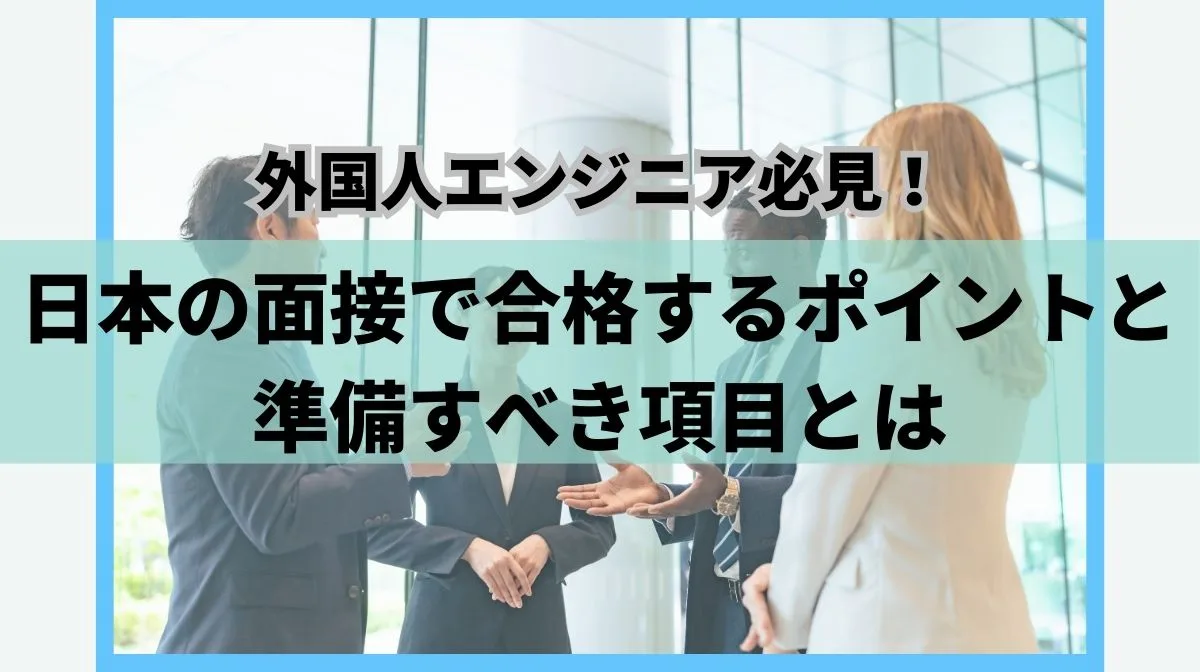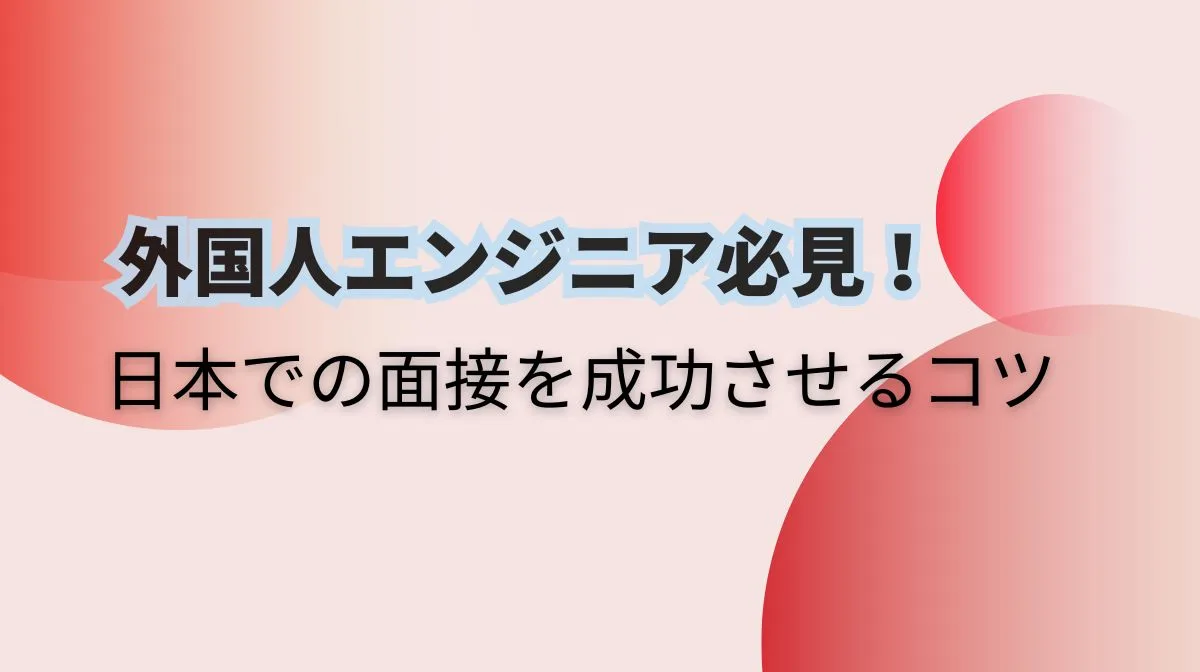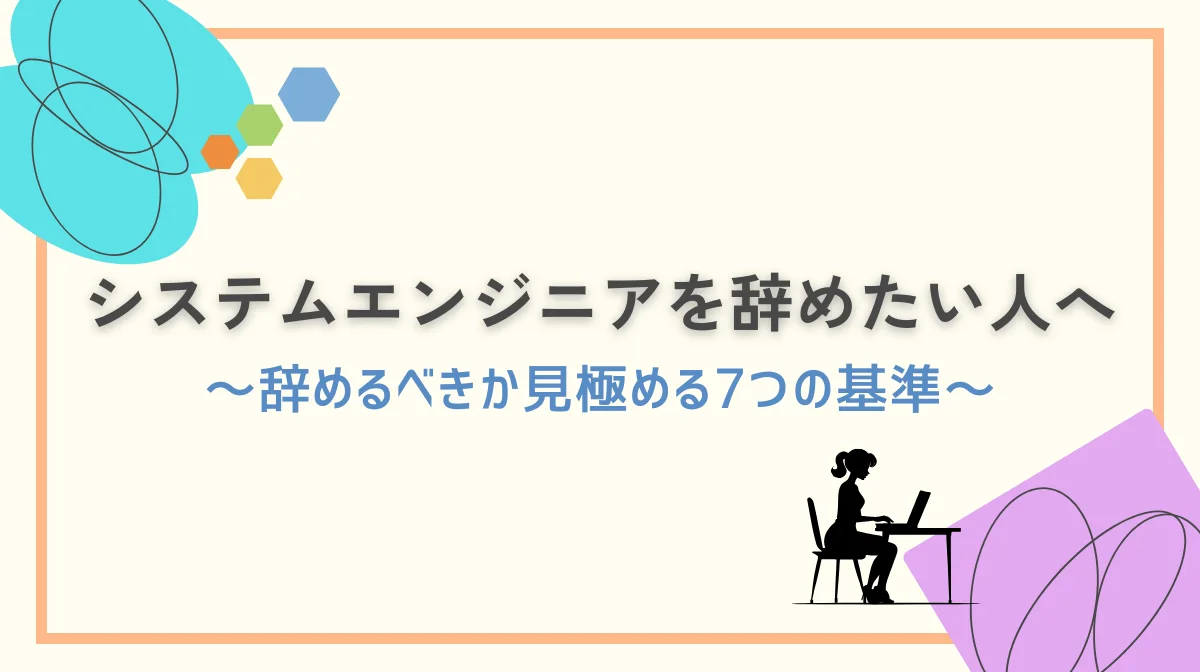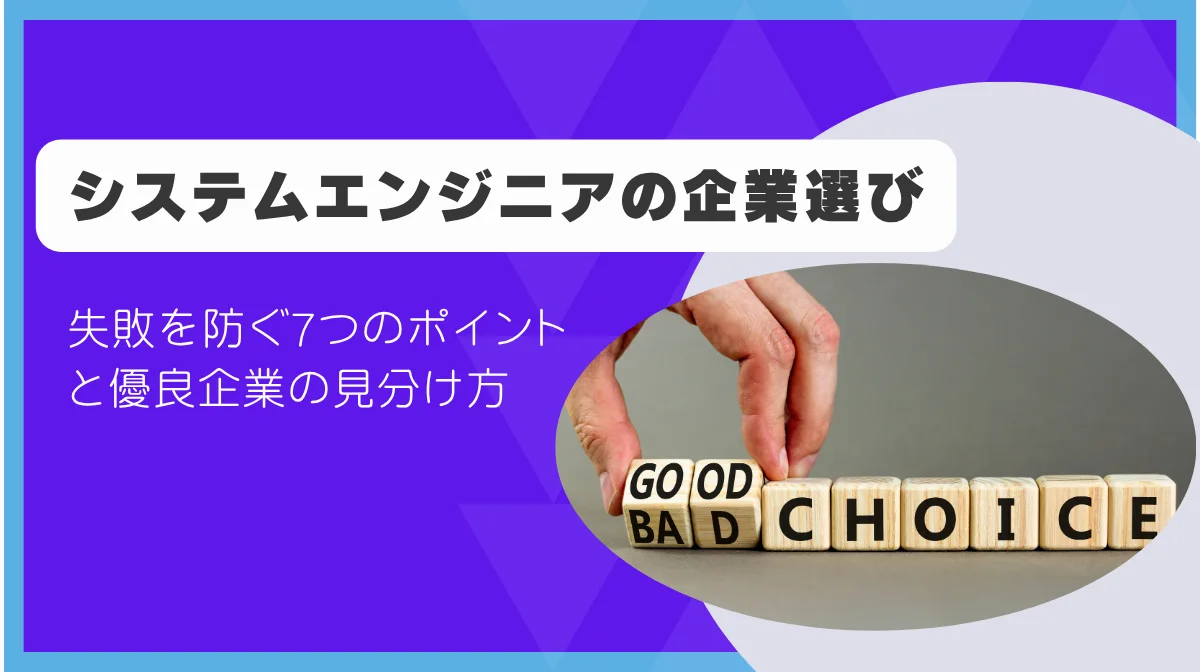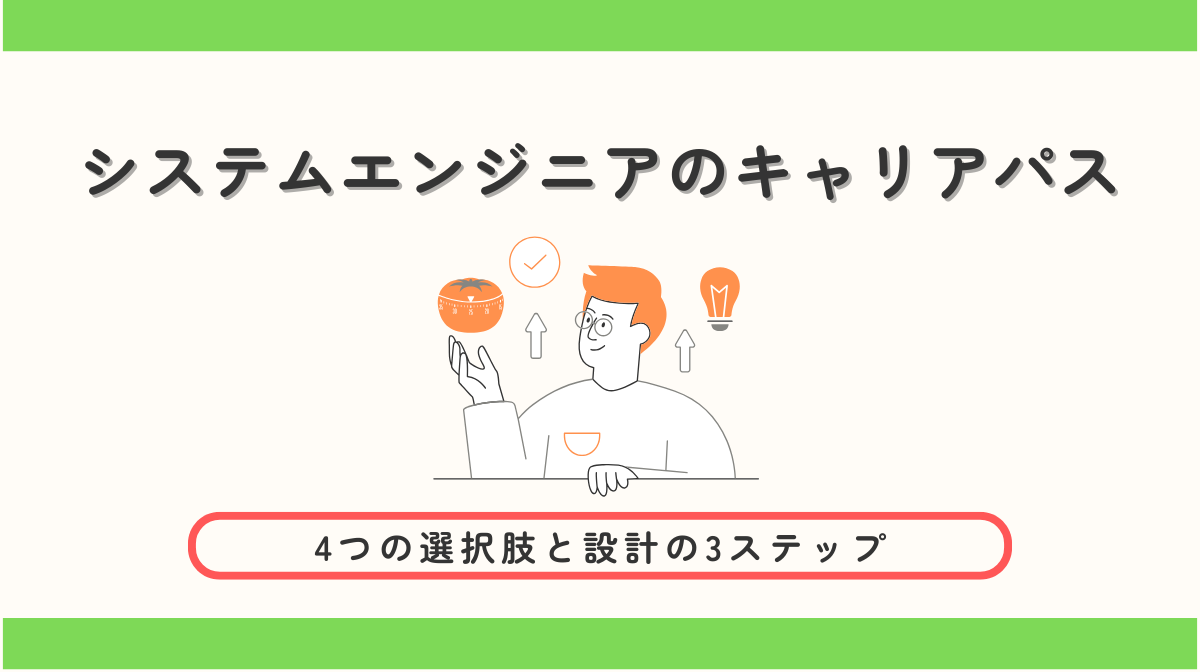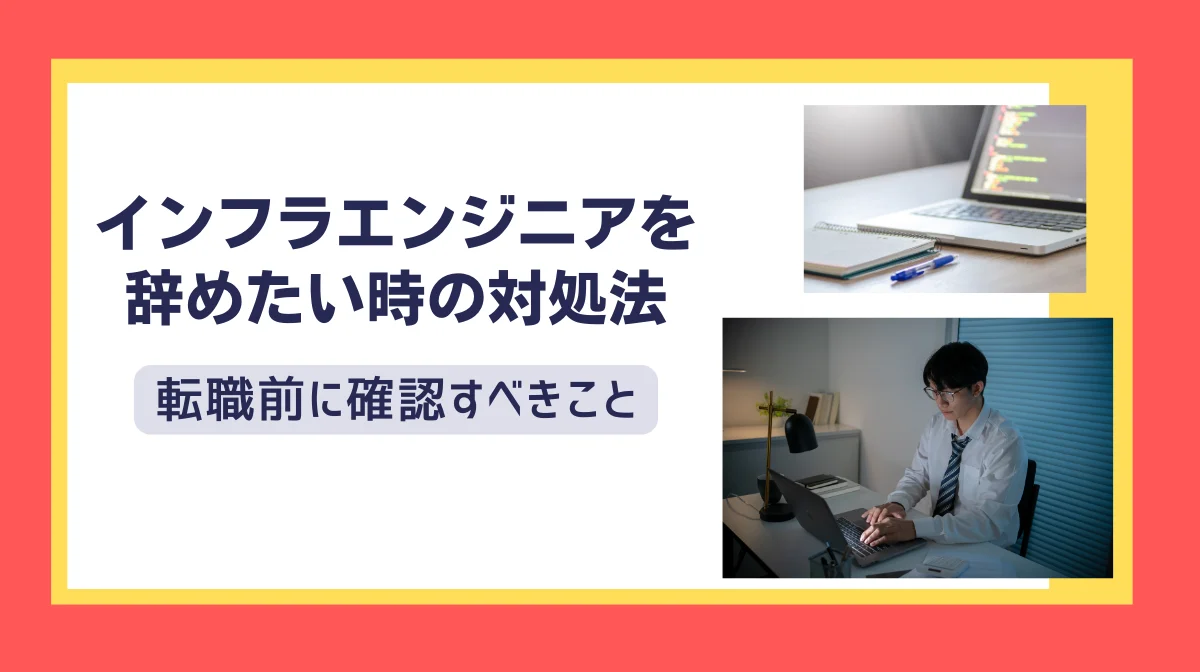Japanese workplace environments are filled with cultural characteristics that foreign professionals often find fascinating and puzzling.
For example, emails that begin with “sumimasen” (excuse me), the persistent use of fax machines, and the deeply rooted seal culture (hanko).
Understanding these “Japanese quirks” is crucial for foreign engineers working in Japanese companies, as it becomes the key to building relationships with teammates and ensuring smooth communication.
1. Common Japanese Behaviors in the Workplace
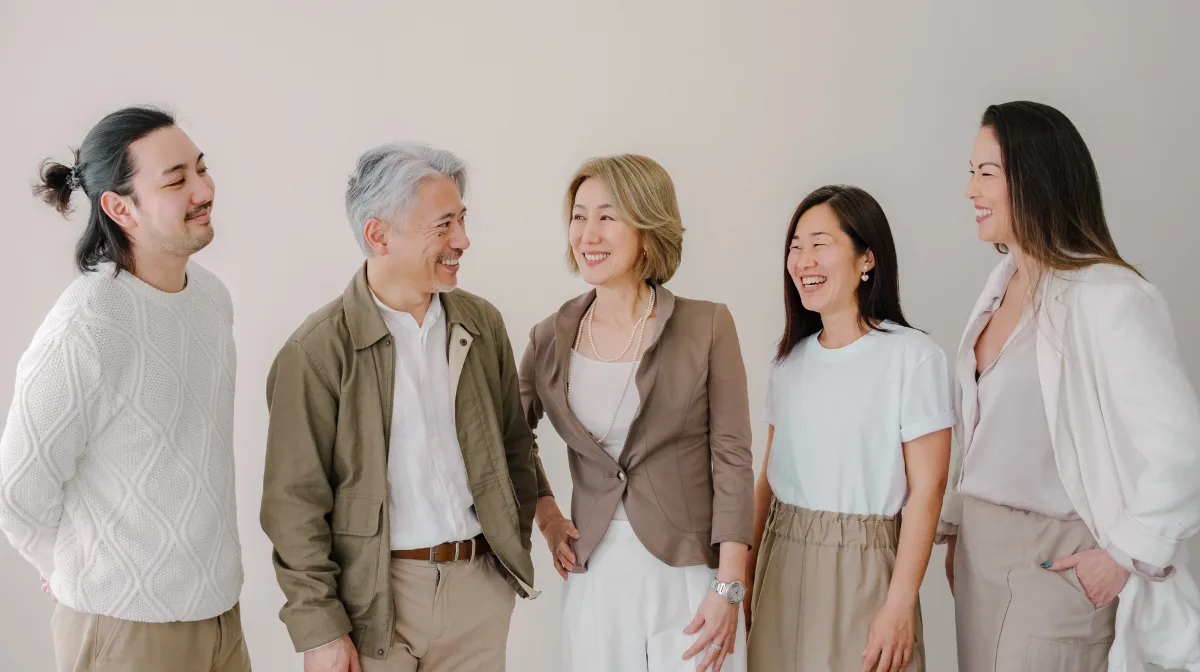
Japanese office environments are filled with unique cultural practices and customs that can seem peculiar to foreign professionals.
Even in IT engineering workplaces that utilize global tools and development methodologies, distinctly Japanese work styles often remain deeply embedded.
Saying “No Objections” in Meetings While Thinking Otherwise
“Does everyone agree with this policy? Are there any objections?” This question is often met with silence in Japanese meeting rooms. However, many participants are frequently thinking, “Actually, there are problems with this approach”
Japanese workplaces operate under an implicit understanding of “not disrupting harmony” and there’s a tendency to avoid directly opposing superiors or senior colleagues, especially in front of a large group.
While participants may say “no objections” as a formality during meetings, they often express their concerns to supervisors individually afterward or share their true thoughts in informal settings.
“I’ll Check” Becomes a Habitual Response
“I’ll check on that matter and get back to you” and “I’ll confirm with the person in charge and follow up” are phrases commonly heard in conversations and emails from Japanese engineers.
In Japanese workplaces, obtaining consensus from all stakeholders is prioritized over making individual decisions. The act of “checking” is performed routinely to ensure information accuracy and distribute risk.
Emails That Begin with “Sumimasen”
“Thank you for your continued support. Sorry, regarding the matter I requested the other day…” Japanese engineers’ business emails often begin with apologetic or humble expressions.
Even in situations where no actual apology is necessary, “sumimasen” is used as part of Japan’s unique communication style to show consideration and respect for the recipient.
The Scene of Eating Lunch Alone in Silence
The sight of Japanese engineers eating lunch alone at their office desks or at nearby cafes while looking at their smartphones is quite common.
In Japan, there’s little resistance to eating alone, and many people actually prefer to secure personal time during busy lunch breaks.
2. Japanese Communication Quirks

Japanese communication style is characterized by placing greater emphasis on context and atmosphere rather than the words themselves.
This high-context culture often becomes a source of misunderstandings and friction when IT engineers collaborate with overseas team members.
The Obsession with “Reading the Air”
The concept of “reading the air” (KY: someone who can’t read the air) is extremely important for understanding Japanese communication.
In Japan, the ability to perceive unspoken situations and atmospheres and respond appropriately is highly valued as a social skill. In contrast, in low-context Western cultures, explicit communication is fundamental, and the concept of “reading the air” often doesn’t exist at all.
Master-Level Skill in Using Honne and Tatemae
In Japanese society, it’s common to distinguish between “honne” (true inner feelings) and “tatemae” (socially appropriate public stance).
For example, when faced with an unreasonable request from a supervisor, responding with “I’ll do my best” on the surface (tatemae) while thinking “this is impossible” internally (honne) is commonly seen in the IT industry.
Frequently Using Vague Responses to Decline
“That might be difficult” “Let me consider it” “Perhaps another time” – these phrases are commonly used expressions when Japanese people want to say “no.”
Due to concerns that direct refusal might damage relationships, Japanese people prefer to decline using indirect expressions.
“Chotto…” Actually Meaning Strong Rejection
The Japanese word “chotto” has various meanings depending on context.
Particularly, the expression “That’s a bit…” (“Sore wa chotto…”) often represents a polite way of expressing “That’s absolutely impossible” – a strong rejection conveyed indirectly.
Always Ending Emails with “Yoroshiku Onegaishimasu”
Japanese business emails almost invariably include closing phrases like “yoroshiku onegaishimasu” or “nanitozo yoroshiku onegaishiage masu”
This isn’t merely a formal greeting but an important expression showing respect for the recipient and consideration for requested matters.
The Habit of Excessive Nodding and Interjections
“Hai, hai” (yes, yes), “naruhodo” (I see), “sou desu ne” (that’s right) – these frequent interjections that Japanese people insert during conversations can sometimes be a curious experience for foreign professionals.
In Japanese communication, it’s considered important to frequently send signals to the speaker saying “I’m listening to you properly” and “I understand.”
■日本でエンジニアとしてキャリアアップしたい方へ
海外エンジニア転職支援サービス『 Bloomtech Career 』にご相談ください。「英語OK」「ビザサポートあり」「高年収企業」など、外国人エンジニア向けの求人を多数掲載。専任のキャリアアドバイザーが、あなたのスキル・希望に合った最適な日本企業をご紹介します。
▼簡単・無料!30秒で登録完了!まずはお気軽にご連絡ください!
Bloomtech Careerに無料相談してみる
3. IT Engineer-Specific Japanese Quirks
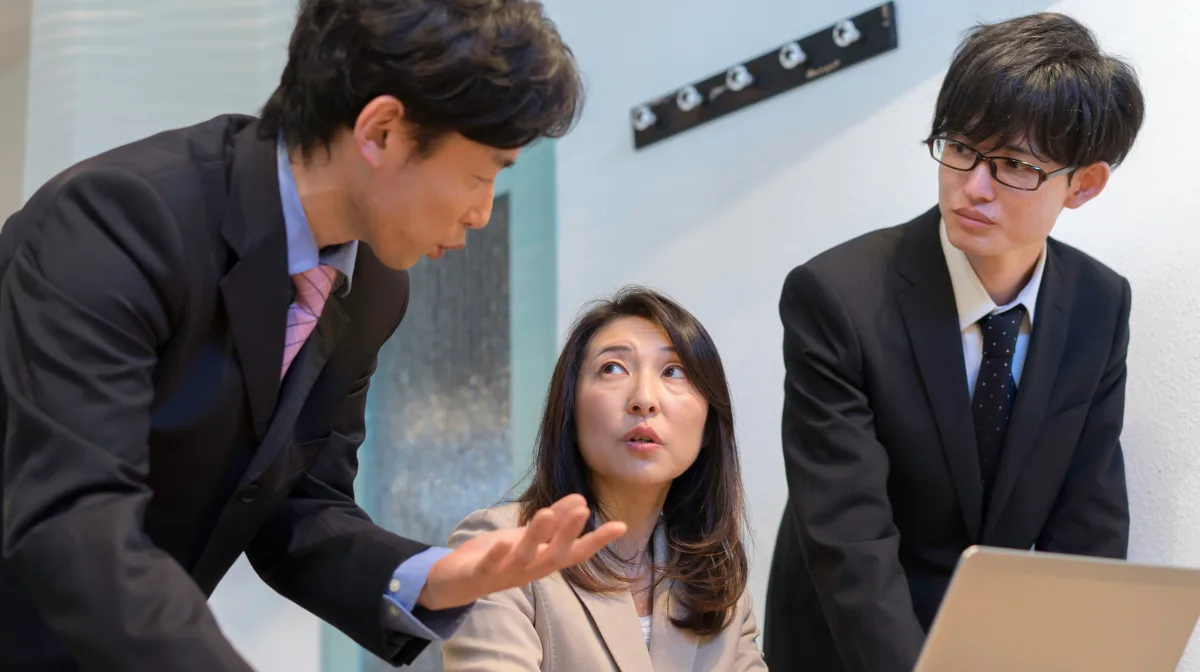
While the IT engineering profession is built on a globally shared technical foundation, some workplaces still strongly reflect distinctly Japanese culture and values.
Spending Extensive Time on Documentation
Japanese engineers tend to create extensive documentation during the planning phase before starting to write code.
Preparing detailed documents such as design specifications, requirement documents, and test plans, followed by multiple rounds of reviews, is one of the characteristics of Japanese IT development.
Writing English Comments Only After Checking with Google Translate
While programming languages themselves are universal, many Japanese engineers become cautious when writing comments or documentation in English.
It’s common to see them checking each sentence with translation tools like Google Translate or DeepL, sometimes even writing drafts in Japanese before translating.
Some People Won’t Use Overseas Tools Until They’re Localized in Japanese
“The English version is hard to use” or “Let’s wait until Japanese support is available” – these reactions from Japanese engineers when new tools or frameworks are released are not uncommon.
Even when the latest cloud services or developer tools are released in English, it’s not unusual to postpone adoption until Japanese documentation or UI is provided.
Perfectionism That Won’t Compromise with “Just Make It Work”
Compared to the overseas development approach of “let’s create something that works first and then improve it” Japanese engineers tend toward “wanting to create something perfect from the beginning”
The attitude of aiming for high standards in all aspects – code beauty, efficiency, maintainability – and not tolerating even minor bugs is characteristic of Japanese engineers.
Taking Code Review Feedback as Personal Attacks
In Japan, it’s difficult to separate work from the person, and code feedback tends to be perceived as personal criticism.
This relates to the culture of “valuing harmony” and the value system of “caring about face (mentsu)”
Buying Technical Books Only to Let Them Pile Up Unread
“Tsundoku” – a pile of books that have been bought but not read. Many Japanese engineers have these “tsundoku” piles of technical books at home or on their desks.
The phenomenon of purchasing technical books out of eagerness to keep up with the latest technology and gain deeper knowledge, but then having them pile up unread due to busyness or lack of energy, is commonly observed in Japan’s IT industry.
4. Japanese Lifestyle Habits

Even outside the workplace in daily life, Japanese behavioral patterns and habits have distinctive characteristics.
Mask-Wearing as a Year-Round Habit
In Japan, it’s common to wear masks for prevention, hay fever countermeasures, or even to cover up when not wearing makeup, regardless of symptoms like coughing or sneezing.
Even before the COVID-19 pandemic, Japan had an established culture of wearing masks throughout the year.
Reverse Parking as the Standard Style
Looking around shopping mall or office parking lots in Japan, you’ll notice that most cars are parked in reverse.
This reverse parking habit considers not only the convenience of being able to drive forward when leaving but also safety aspects.
In Japan, where narrow parking spaces are common, forward exit with better visibility is a practical reason for reducing accident risk.
Excessive Packaging of Shopping Bags and Products
Even with small purchases, items are often placed in separate bags, and then you receive or can purchase an additional bag to hold them all.
For sweets and souvenirs, it’s common to have multi-layered packaging where each item is carefully wrapped, placed in a box, and then put in a bag.
Taking Garbage Separation Too Seriously
The habit of separating garbage into several categories according to detailed rules that vary by region symbolizes the values of “rule compliance” and “collective responsibility” in Japanese society.
Incorrect separation sometimes results in stickers being placed on garbage and it not being collected.
Quiet Behavior on Trains as Proper Etiquette
Japanese trains are surprisingly quiet, with passengers quietly reading, operating smartphones, or sleeping.
Especially during commuting hours, there’s an implicit understanding that phone calls should be avoided and conversation kept to a minimum.
Tolerance for Public Intoxication
Many foreign professionals are surprised to see humble and quiet Japanese people during the day transform at night. Japanese people aren’t necessarily always quiet, particularly showing different sides in drinking situations.
The sight of heavily intoxicated salarymen near stations before the last train or in entertainment districts may feel contrasting to the disciplined Japanese society seen during the day.
■日本でエンジニアとしてキャリアアップしたい方へ
海外エンジニア転職支援サービス『 Bloomtech Career 』にご相談ください。「英語OK」「ビザサポートあり」「高年収企業」など、外国人エンジニア向けの求人を多数掲載。専任のキャリアアドバイザーが、あなたのスキル・希望に合った最適な日本企業をご紹介します。
▼簡単・無料!30秒で登録完了!まずはお気軽にご連絡ください!
Bloomtech Careerに無料相談してみる
5. Japanese Food Culture Quirks
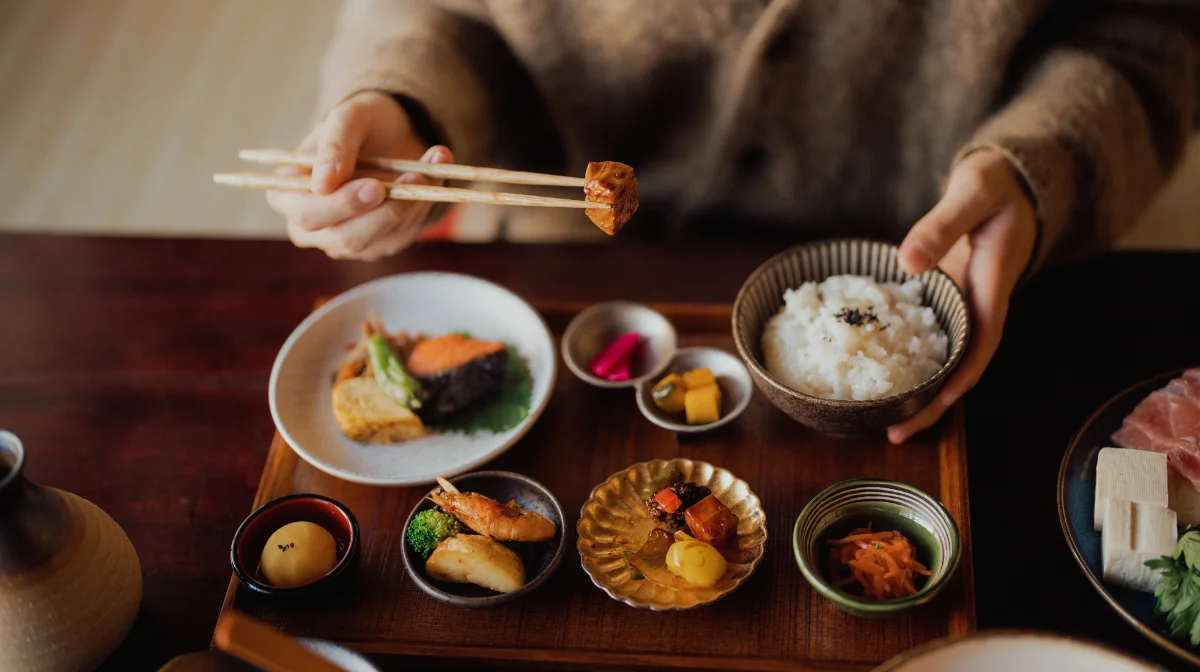
Food and eating habits reflect the most fundamental aspects of culture. Japanese food culture has unique characteristics that surprise and sometimes perplex foreign professionals.
Corn and Mayonnaise on Pizza is Normal
The combination of corn and mayonnaise (commonly called “mayo-corn”) is a standard pizza topping in Japan, but this combination is famously surprising to people from Italy, where pizza originated, or Americans, where pizza culture is well-established.
Japanese pizza boasts topping variations that greatly exceed traditional pizza concepts, including teriyaki chicken, seaweed, and mentaiko (spicy cod roe).
Calling Waiters with a Loud “Sumimasen!”
The “sumimasen!” call to get waiters’ attention in Japanese restaurants is one of the culture shocks for foreign professionals.
In Western restaurants, it’s common to call waiters through more reserved methods like making eye contact or slightly raising a hand.
Being Careful About Chopstick Placement
The chopstick etiquette that Japanese people observe is complex and strict. Placing chopsticks on top of food is avoided as it’s associated with offerings to the deceased.
Chopstick passing (transferring food from chopstick to chopstick) and chopstick standing (standing chopsticks upright in a rice bowl) are also taboo at meals as they remind people of Buddhist funeral rites.
The Mystery of Fruit Being Treated as Luxury Items
“All fruits in Japan are expensive!” is an impression held by many foreign professionals. Particularly melons, mangoes, and peaches are sold at prices several to dozens of times higher than overseas and occupy a special position as gift items.
Fruits with perfect shape, uniform size, and ideal sweetness are highly valued, with visual beauty being an important criterion.
Consuming Convenience Store Rice Balls at a National Level
One aspect of Japanese food culture that doesn’t exist overseas is the high-quality food sold at convenience stores, particularly the rice ball culture.
Many people are surprised that various rice ball varieties, from simple salted rice balls to tuna mayo, mentaiko, and salmon, are available for around 100 yen.
6. Japanese Relationship with Technology

Japan is globally recognized as a technology powerhouse, but it’s also a country where cutting-edge technology and traditional practices coexist in unique ways.
Seal Culture Becoming a Barrier to Digitization
While electronic signatures and digital authentication are becoming global standards, Japan still requires personal seals and bank seals for important contracts and applications.
The question “Why are seals trusted so much when they can be bought at 100-yen shops?” becomes key to understanding the importance of “formality” and “symbolism” in Japanese culture.
The Mystery of ATMs Having Business Hours
Unlike overseas ATMs that operate 24/7, many Japanese bank ATMs are commonly unavailable at night or on weekends, or charge additional fees.
The concept of “ATM business hours” stems from security considerations, internal system maintenance convenience, and above all, the traditional belief that “banks should only provide services during business hours”
Cashless Payment Advancing While Cash Preference Remains
While the latest electronic payment systems are being introduced one after another, Japanese society still maintains a strong cash-oriented tendency.
Despite various options like QR code payments, electronic money, credit cards, and smartphone payments, many Japanese still prefer carrying cash, including high-denomination bills.
Not Hesitating to Purchase Latest Gadgets, But…
Japan is known as a country with many early adopters of the latest gadgets and technology products. Long queues form on release days for new smartphones, and unique gadgets are continuously introduced to the market.
However, there’s also a contradiction in showing cautious attitudes toward business system updates. While pursuing the latest technology in personal consumption, there’s a tendency to prioritize stability in corporate systems.
Security Consciousness Sometimes Taking Unique Directions
Japan’s security consciousness has developed in distinctive ways.
For example, many companies prohibit USB memory use and maintain strict management of internal networks, showing high interest in physical security.
On the other hand, password management often remains old-fashioned with methods like “writing in notebooks for storage” and security updates aren’t regularly performed in many cases.
7. Japanese Business Etiquette Quirks

Japanese business etiquette consists of unique rules and practices that extend to the smallest details, sometimes appearing complex and difficult to understand for overseas business professionals.
The Ritualistic Exchange of Business Cards
Business card exchange in Japanese business scenes is not merely an exchange of contact information but is regarded as a kind of ritual.
Even after receiving a business card, it’s considered polite not to immediately put it in your pocket but to look at it for a while or arrange it on the table.
Expressing Degrees of Respect Through Bowing Angles
Bowing is an extremely important element in Japanese business communication. It’s not just a greeting format but expresses the degree of respect for the other party through the depth (angle) and duration of the bow.
Generally categorized as eshaku (light bow, about 15 degrees), keirei (respectful bow, about 30 degrees), and saikeirei (deepest bow, 45 degrees or more), these are used appropriately according to the situation and the other party’s status.
The Versatile Use of “Otsukaresama Desu”
“Otsukaresama desu” can be said to be the most frequently used phrase in Japanese offices.
It’s used almost universally in various scenes: morning greetings, email openings, phone call beginnings, before meetings start, and when leaving work.
Being Too Modest to Appeal Personal Strengths
In Japanese business culture, expressing one’s achievements and abilities modestly is considered a virtue, and self-assertion or appeals can sometimes be perceived as “bragging”
This culture of modesty is rooted in Japan’s spirit of “valuing harmony” and the thinking that “the nail that sticks out gets hammered down.”
Drinking Parties Becoming Informal Meeting Venues
In Japan, there’s a communication approach called “nomi-nication” (drinking communication).
The sight of Japanese people who are quiet and reserved during the day actively exchanging opinions at evening drinking parties can be a culture shock for many foreign professionals.
Important IT project decisions and team problem-solving sometimes took place not in office meeting rooms but at izakaya (Japanese pubs), though this practice has become less common in recent years.
The Unwritten Rule of Going Home Time Depending on the Boss
“I feel awkward leaving before my boss” – this mindset has become an implicit rule in many Japanese offices.
This practice is rooted in “group consciousness” and the awareness of working overtime for the team even when one’s own work is finished. However, this mindset has significantly decreased, especially in global companies.
8. Japanese Characteristics That Can Be Leveraged in Global Environments

Many of the “typical” Japanese behavioral patterns can become significant strengths when appropriately utilized in global environments.
Attention to Detail Leading to Quality Improvement
Japanese people’s attitude of “valuing expertise” and their spirit of “dedication” become major strengths in global environments.
Particularly in software development, the attitude of Japanese engineers who carefully craft every detail is the driving force behind high-quality deliverables.
For example, the dedication to code readability, thorough exception handling, and addressing edge cases – this attitude toward “invisible parts” ultimately leads to reduced maintenance costs and improved user satisfaction.
The Spirit of “Omotenashi” Enhancing Customer Service
The attitude of thinking from the other party’s perspective and providing service that exceeds expectations becomes a major differentiating factor in global customer service.
In the IT field, solutions that consider not only technical requirements but also users’ potential needs and usability are required.
Japanese engineers’ attitude of “thinking from the other party’s perspective” has high compatibility with User-Centered Design (UCD) and User Experience (UX) concepts.
Emphasizing Long-term Relationship Building
Japanese business culture tends to value long-term trust relationships over temporary profits.
This “long-term perspective” attitude greatly contributes to building sustainable cooperation systems in global projects.
Especially in the IT world, continuous development and maintenance are more important than one-time projects. With the spread of Agile development and DevOps, the quality of long-term relationships and communication has become key to success.
Culture of Valuing Teamwork and Cooperation
Japan’s spirit of “harmony is to be valued” manifests as a culture that emphasizes teamwork.
The attitude of prioritizing team success over individual achievements and having everyone cooperate toward the same direction demonstrates great power in complex international projects.
The ability to “read the air” is also an important skill for perceiving team atmosphere and situations and acting appropriately.
Steady Approach to Problem Solving
A characteristic of Japanese engineers is their tendency to value steady “improvement” over flashy “innovation”
This attitude, represented by Toyota’s “Kaizen,” leads to the power to persistently tackle complex technical challenges and solve them step by step.
The “earnest attitude of seeking perfection” becomes the driving force to not give up when facing difficult problems and to search for solutions from various angles.
Time Punctuality Making Project Progress Smooth
Like the accuracy of Japanese trains, Japanese people’s strict attitude toward time is internationally famous. The basic attitude of observing meeting times and meeting deadlines greatly contributes to smooth progress of global projects.
Especially in IT projects where milestones and deadlines are emphasized, the reliability of delivering on schedule is a major strength.
Moreover, not only keeping time but also regularly sharing progress status and reporting early when there’s potential for delays helps build team trust relationships.
9. Understanding “Japanese Quirks” as a Foreign Engineer!
While Japanese workplace culture has unique characteristics, understanding their background allows you to collaborate smoothly while leveraging your strengths as a foreign engineer.
By knowing Japanese “quirks” you’ll also see various aspects of Japan and Japanese people more clearly.
While you may sometimes be puzzled by the culture of “reading the air,” Japanese people’s attention to detail, punctuality, and emphasis on teamwork, when combined with a global perspective, can lead to more innovative IT project success.
Related Reading
The following articles introduce job interview strategies for Japanese companies, how to write resumes and job history documents, etc.




